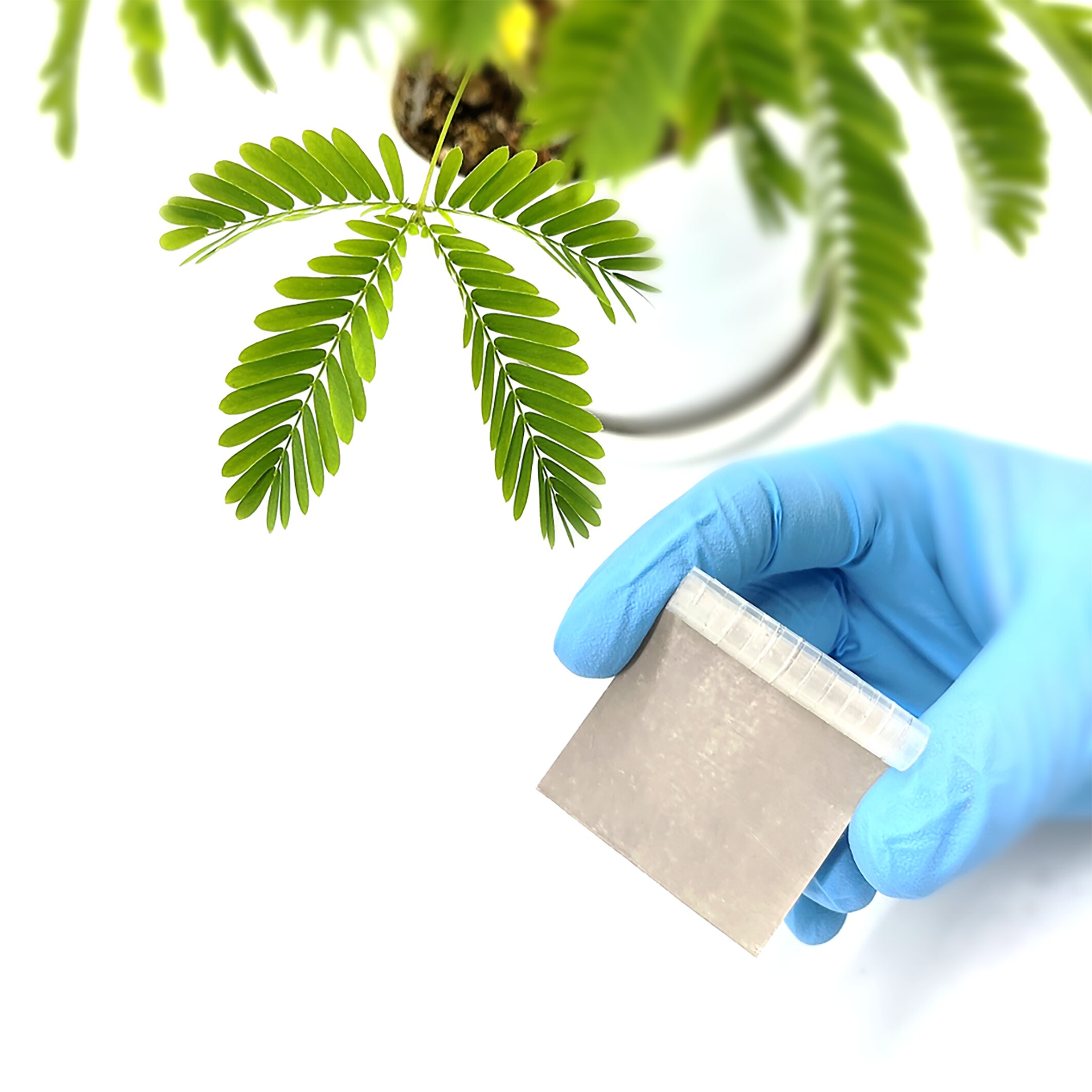by Bob Yirka , Phys.org

Material that Responds to Heat or Cold Without a Power Source: A team of researchers at Nankai University has developed a thermal management multi-layer material that responds to heat or cold by folding or unfolding itself without the need for an external power source. In their paper published in Proceedings of the National Academy of Sciences, the group describes how they came to develop the material and detail its performance when tested.
As scientists around the world work to develop alternative energy sources, others work on ways to use those that have already been developed—solar power, for example, or radiative cooling technologies. In this new effort, the researchers sought a way to shift a device between its use of solar heating or radiative cooling, automatically and without the need for a secondary power source.
For inspiration, the researchers turned to the Himalayan rabbit, which has fur that changes color depending on the season, and the leaves of the Mimosa pudica plant—its leaves open and close in reaction to changes in temperature. Their observations suggested that a material could be made that would behave similarly to the plant, allowing for switching between thermal devices.
Credit: Proceedings of the National Academy of Sciences (2022). DOI: 10.1073/pnas.2207353119
After much testing, the researchers came up with a multi-layered material that behaved as they had envisioned. The material was made by putting polymer subunits together as a single material. Each of the subunits was made of material designed to behave differently depending on ambient temperature.
The finished product was made by placing an automatic actuator with infrared emissivity over a substrate with radiative cooling properties. In practice, the material would lay flat under normal conditions until the ambient temperature reached a certain point. At that point, the top layer would roll itself up into a tube, exposing the dark substrate below.
The researchers tested their material by laying it down outside under different temperature conditions. They found its solar heating capabilities came to around 252.2 watts per square meter. It had cooling power of approximately 59.7 watts per square meter. They suggest that with some revisions, their material could be deployed in real-world settings as a thermal management device that requires zero energy to run.
Material that Responds to Heat or Cold Without a Power Source: Original Article














